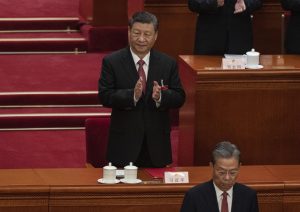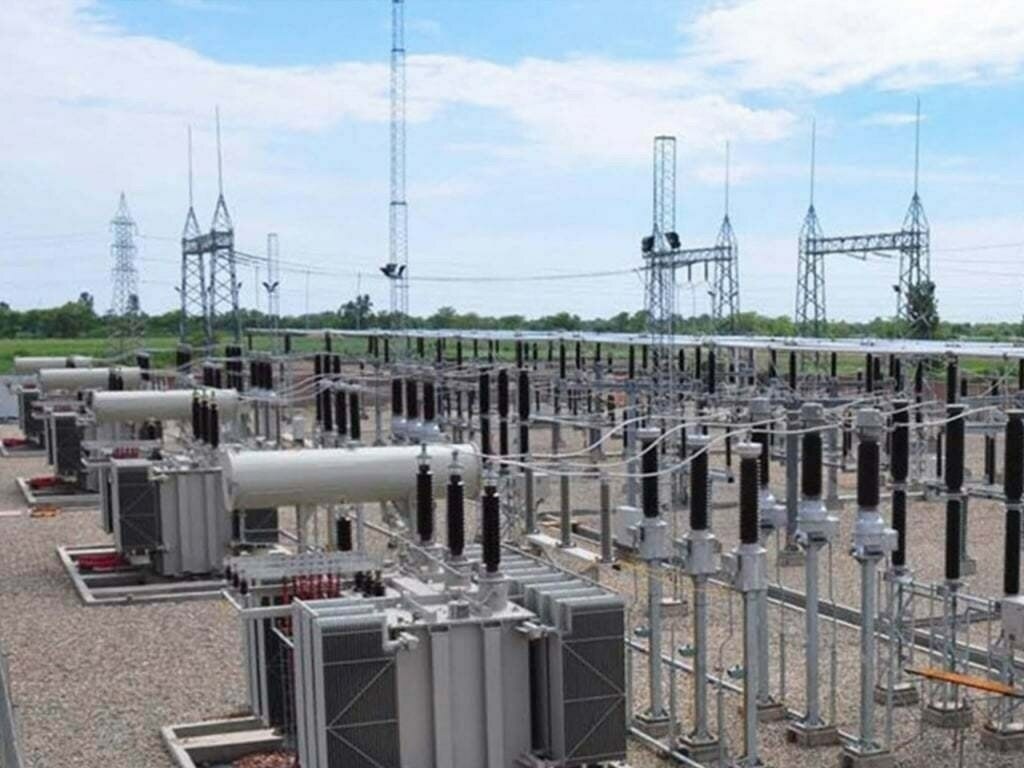The bipartisan CHIPS and Science Act of 2022 marked a pivotal moment in the United States’ commitment to semiconductor research and manufacturing. This landmark legislation allocated substantial funding to bolster domestic capabilities, aiming to enhance US competitiveness in the global semiconductor market while reducing reliance on imports.
Despite the initial strides made through the CHIPS Act, there’s a growing consensus among government officials and industry experts that further action is needed to accelerate semiconductor development and solidify America’s position in manufacturing. This sentiment has led to calls for a follow-up initiative, dubbed “CHIPS Act 2.0”, which seeks to attract additional private investments and propel semiconductor innovation.
The 2022 CHIPS and Science Act injected approximately $280 billion into semiconductor research and development, with a focus on enhancing manufacturing operations within the US. This included $39 billion in subsidies for domestic chip manufacturing, complemented by tax credits aimed at incentivizing investments in operational equipment.
The legislation also earmarked significant funds for the science and technology sector, with overarching goals of revitalizing domestic manufacturing, creating high-quality jobs, and fortifying critical supply chains to support the transition towards a greener economy.
Pursuing Semiconductor Dominance: U.S. Launches New Funding Initiatives (Credits: Business Facilities)
Currently, Asia, particularly China, dominates the global semiconductor market, accounting for over 50% of annual global supply. China’s heavy reliance on semiconductor imports, primarily from key players like TSMC, underscores the urgent need for the US to bolster its manufacturing capabilities.
Despite US efforts to restrict China’s access to semiconductor-related technology, Chinese companies have actively sought to enhance their chip production capabilities, further emphasizing the importance of US investment in semiconductor manufacturing.
To counter China’s market dominance and accelerate technological advancements, the US is striving to expand its production capabilities. While the CHIPS Act represents a significant step forward, there’s consensus among industry experts that more aggressive measures are necessary.
US Secretary of Commerce Gina Raimondo has underscored the importance of federal subsidies to bolster America’s position in the international semiconductor market, advocating for the launch of a second CHIPS Act to stimulate additional funding.
Raimondo emphasized the need for sustained investment, stating, “I suspect there will have to be – whether you call it CHIPS Two or something else – continued investment if we want to lead the world.” This proposed initiative could facilitate the construction of new chip foundries, support semiconductor startups, and enhance US technological capabilities in advanced chip manufacturing.
Despite substantial funding remaining unallocated from the first CHIPS Act, recent announcements, such as the $5 billion investment in the NSTC chip research initiative and the $1.5 billion grant awarded to GlobalFoundries, signal ongoing efforts to bolster the semiconductor industry. However, achieving chip manufacturing independence will require not only federal funding but also substantial private investments.
Some industry experts argue that the current level of government investment falls short of what’s needed to bridge the gap with major producers like TSMC. The higher costs associated with chip manufacturing facilities in the US compared to other regions necessitate increased financial incentives to attract private investment and foster innovation.
In light of these challenges, Raimondo emphasized the importance of diversifying semiconductor supply chains and expanding manufacturing capabilities in the US, particularly in leading-edge chip technologies critical for sectors like artificial intelligence.
Addressing concerns about the feasibility of solely domestic manufacturing, Raimondo clarified, “To be clear, we can’t and do not want to make everything in America. We don’t want to make every chip in America. That isn’t a reasonable goal.” However, she stressed the need for greater semiconductor manufacturing within the US to bolster national security and technological leadership.
While the CHIPS Act represents a significant investment in semiconductor research and manufacturing, ongoing efforts and additional initiatives like CHIPS Act 2.0 are essential to reinforce America’s position in the global semiconductor market and ensure long-term technological leadership.






















